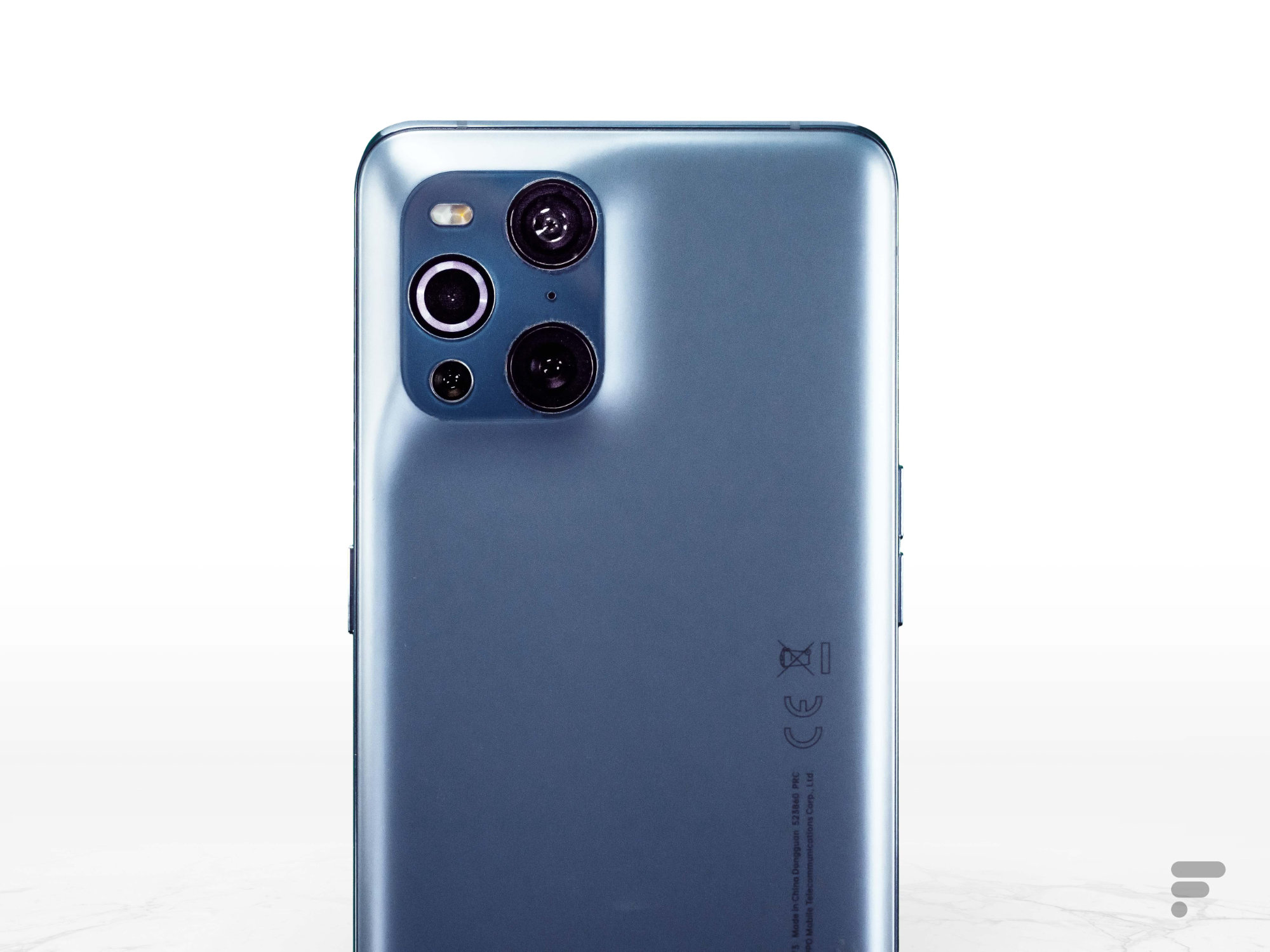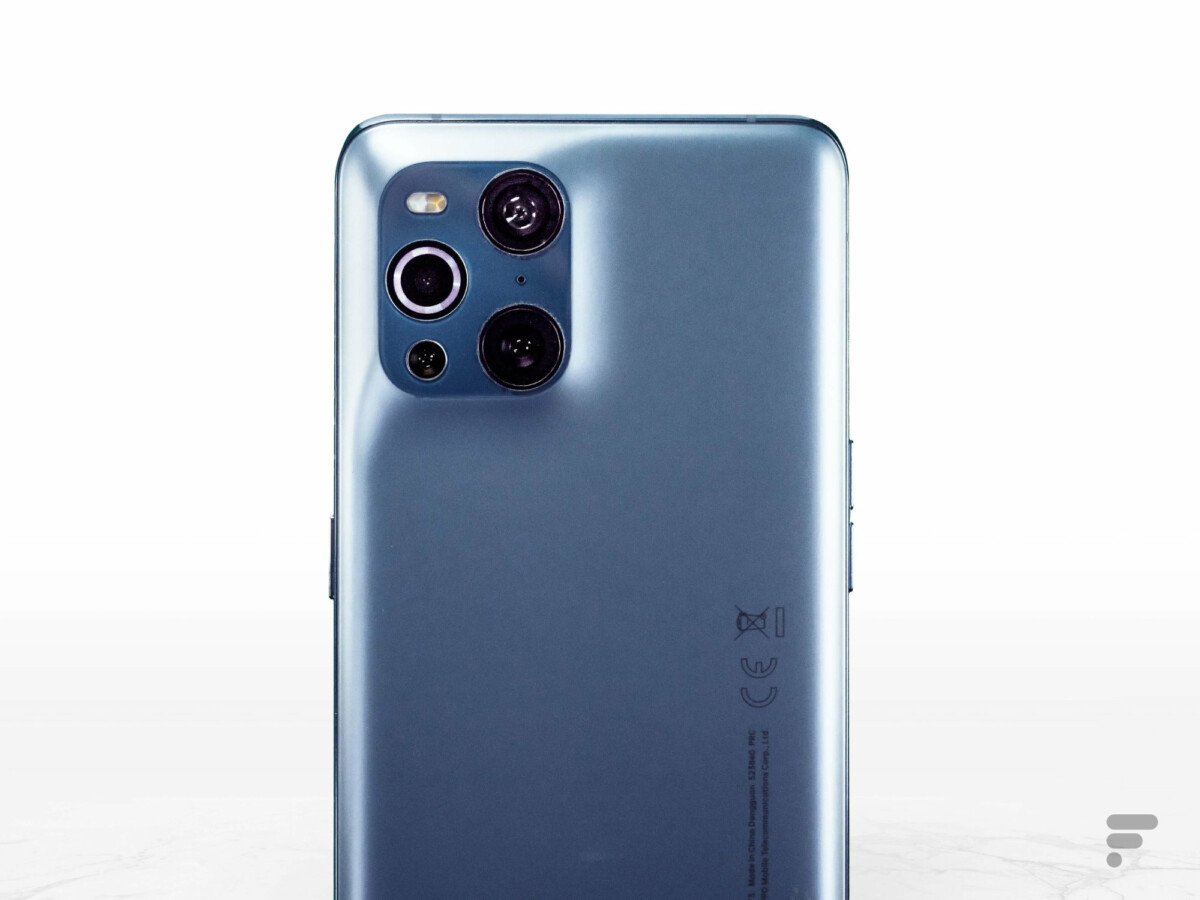On the occasion of the Oppo Future Imaging Technology Conference, Oppo has revealed several new imaging features on its smartphones.
When it comes to zooming in on smartphone cameras, this is often a misnomer. We do not have a real lens with optical zoom on one sensor, but rather different cameras with different sensors and lenses with different focal lengths. On a smartphone with an ultra-wide-angle, wide-angle, and telephoto lens, we actually only have three real focal lengths, and all intermediate zooms will be digital zooms that deliver more or less successfully.
In order to address this issue, Oppo announced in August 2020 Work on a true optical zoom of the smartphone Variable focal length. This Thursday, the Chinese manufacturer provided more information about this new type of smartphone camera. It is actually a viewfinder, made up of seven lenses that can move to provide a continuous zoom between 85 and 200mm. Compared to a standard 27mm wide-angle smartphone on a smartphone, this would be the equivalent of a zoom that can go from x3 to x7. Most importantly, all intermediate values will be supported. Users can thus switch to the x4.2 or x6.8 optical zoom if they want, without arithmetic manipulation. “Digital” where “hybrid”.
Vivo has already introduced this type of lens with continuous zoom onApex 2020, his concept phone from last year. However, a smartphone was never meant to be sold commercially. Above all, zoom capacity was more limited, only going from x5 to x7.5.
New optical stabilization and brighter image sensor
In addition to the continuous zoom lens, Oppo has revealed some other new features related to smartphone photography. This is the case of the new five-axis optical stabilization system that will make it possible to adjust not only the orientation image sensor, but also to target according to the user’s movements. With this stabilization system, Oppo promises a stabilization correction of around 3 degrees, versus just 1 degree for most traditional optical stabilization mechanisms on smartphones.
The Chinese manufacturer also announced a new type of image sensor, based on the RGBW (red, green, blue, white) matrix, instead of the traditional RGB (red, green, blue) matrix. The addition of photographs capable of capturing white light should, according to the manufacturer, enable it to capture 60% more light and reduce digital noise by 35%. This new image sensor should be used on consumer smartphones of the brand as of the end of the year.
Finally, like Samsung, Xiaomi or ZTE, Oppo also said more about it. Hidden camera system behind the screen. The company has thus introduced algorithms that will be used to reduce reflections or condensation or to manage HDR or white balance in the difficult case of an image sensor tucked behind the screen.

“Professional food nerd. Internet scholar. Typical bacon buff. Passionate creator.”









